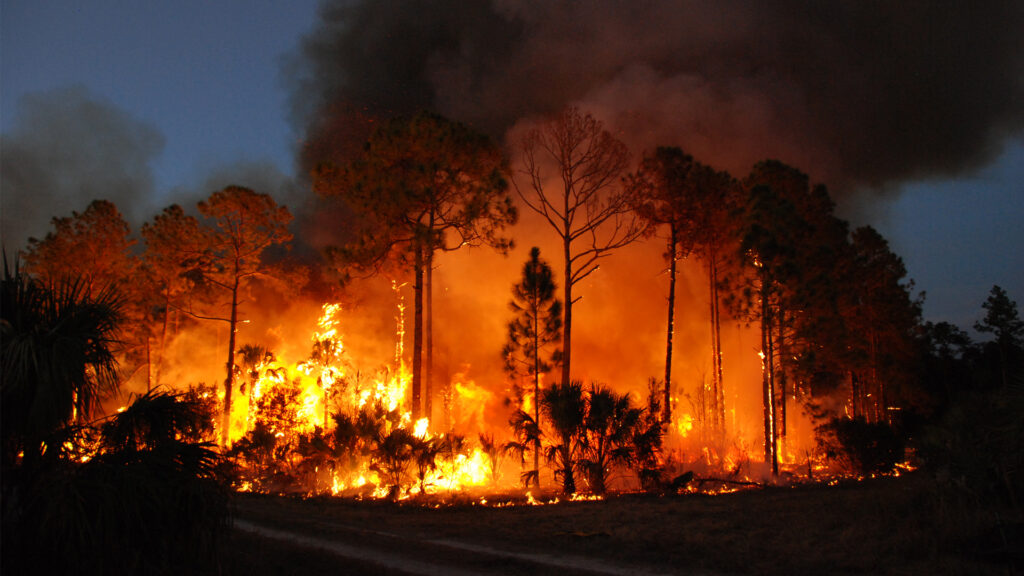By Carly Dempsey
The Florida Wildlife Corridor is now planned to stretch across 18 million acres of land, with 10 million acres already conserved permanently. The corridor helps protect both natural systems and Florida residents from the impacts of the changing climate.

A recent report – “The Florida Wildlife Corridor and Climate Change: Managing Florida’s Natural and Human Landscapes for Prosperity and Resilience,” by Florida Atlantic University, Archbold Biological Station, Live Wildly Foundation and various other collaborators – discussed the impacts that climate change and ever-increasing population growth have on the corridor and the best routes to continue the development of the project.
The report highlights how ongoing, rapid development could have harmful impacts on the corridor. Suburban sprawl continues to spread across the state as more than 1,000 people move to Florida each day, according to the Tampa Bay Economic Development Council. While this has been praised as improving the economy, it might cause more harm than good in the face of climate catastrophes.
Prescribed burns, being present in indigenous cultures going back centuries, were highly policed by early settlers who criticized the land management practice. Still, as time passed, many states began to notice an increasing severity of highly destructive wildfires that were becoming more expensive and deadly.
In 1971, Florida State Parks reignited the practice of prescribed burns, leading Florida to have one of the largest amounts of prescribed burned land per year perhaps in the world. Over the past decade, while many Northern states that lack a prescribed burn program saw a rise in the severity of natural wildfires, Florida established burn programs in natural lands, working lands and agricultural lands.

With sprawling development across the state, prescribed burns are becoming more difficult to enact without putting locals at risk, and thus many citizens demand hitting the brakes on the prescribed burns in their region. This resistance is putting Floridians at risk as climate change exacerbates the likelihood of severe wildfires without productive land management.
The new report, highlighting ways that citizens and developers can support the corridor, discusses the need to effectively plan out development projects in order to ensure that land management practices, such as prescribed burns, can continue without negative interference or human endangerment.
As Florida continues its development, becoming a home to many, it is important to understand the impact we have on sustainable management and ensure that what is being developed is going to last with the ongoing effects of climate change.
Carly Dempsey is a senior at FAU majoring in biological science with a minor in political science, who is an undergraduate researcher in the FAU aquatic botany and ecology lab.
The FAU Center for Environmental Studies, one of the collaborators that produced the report on the Florida Wildlife Corridor’s climate benefits, manages The Invading Sea. Sign up for The Invading Sea newsletter by visiting here. To learn more about the Florida Wildlife Corridor, watch the video below.



